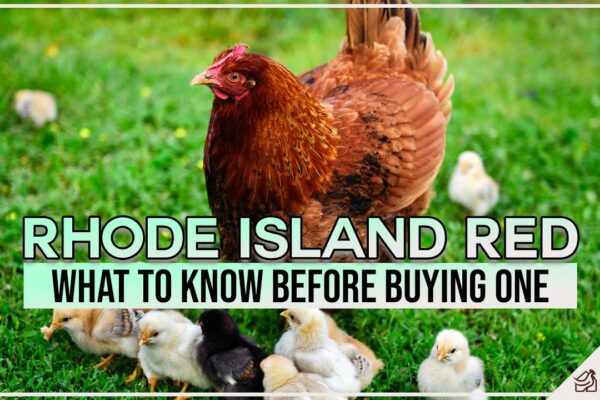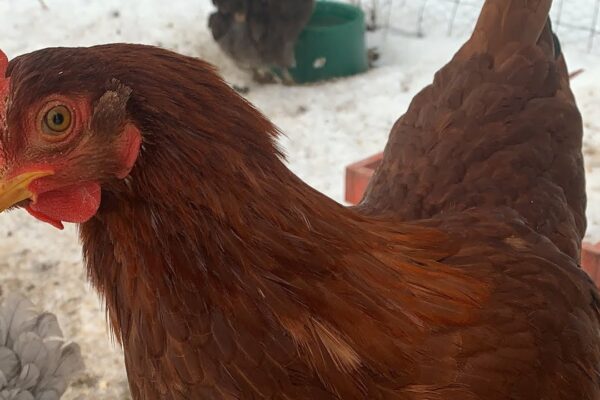
Is it possible for Rhode Island Reds to produce white eggs?
Rhode Island Reds, a popular breed of chicken known for their brown eggs, are not typically known to produce white eggs. However, under certain circumstances, it is possible for these birds to lay eggs with a white shell. This aberration can occur due to genetic mutations or crossbreeding with other white-egg-laying breeds. Although not the norm, finding a white egg among your Rhode Island Reds’ clutch could be an intriguing surprise for any backyard poultry enthusiast.


